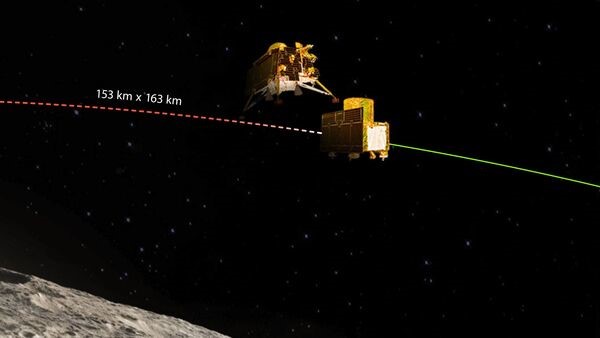Free Courses Sale ends Soon, Get It Now


Free Courses Sale ends Soon, Get It Now



Disclaimer: Copyright infringement not intended.
Context
The Indian Space Research Organisation (ISRO) has executed a unique operation, relocating the Propulsion Module (PM) of Chandrayaan-3 from a lunar orbit to an orbit around Earth, for an extended run after it completed its original mission objectives.
Details
Significance for Future Missions
Objective of Lunar Sample Return Mission (LSRM)
Mission Components and Execution
Challenges and Technical Considerations
Previous Lunar Sample Return Missions
Global Collaboration and Future Prospects
Scientific Analysis and Expected Outcomes
Conclusion
|
PRACTICE QUESTION Q. Explain the significance and scientific implications of a Lunar Sample Return Mission (LSRM) in advancing lunar exploration and our understanding of the Moon's geological composition. (250 Words) |
© 2024 iasgyan. All right reserved